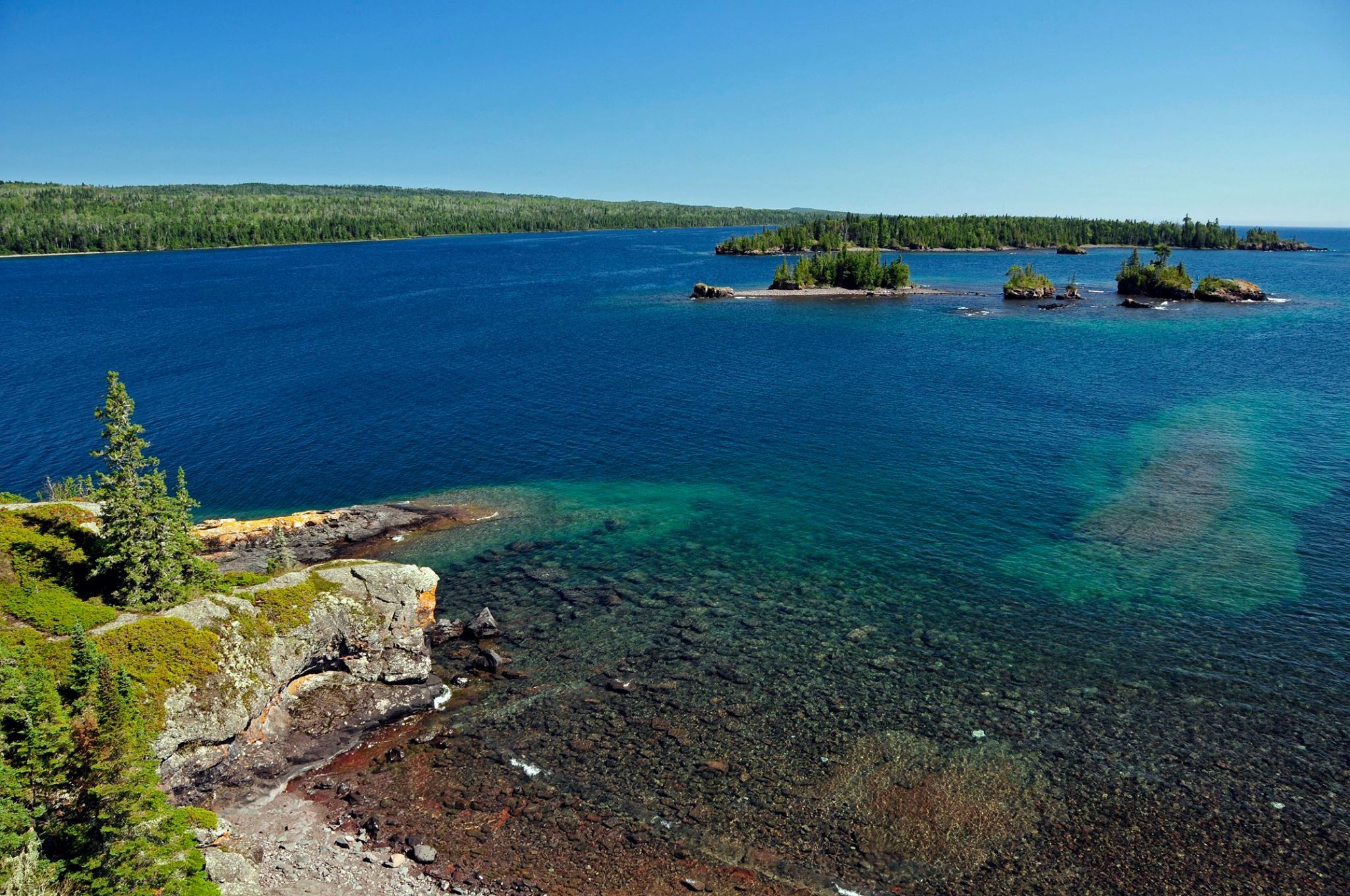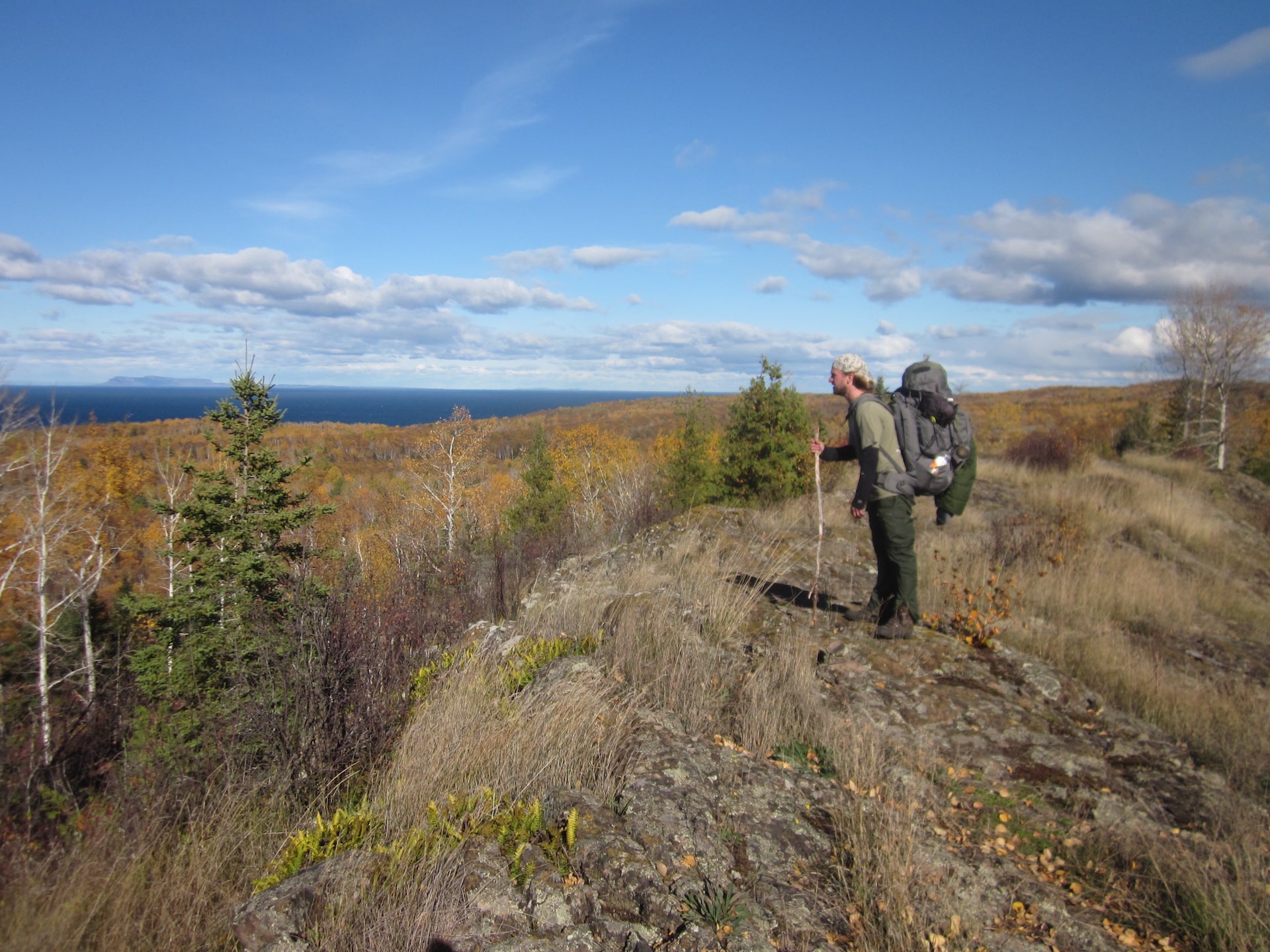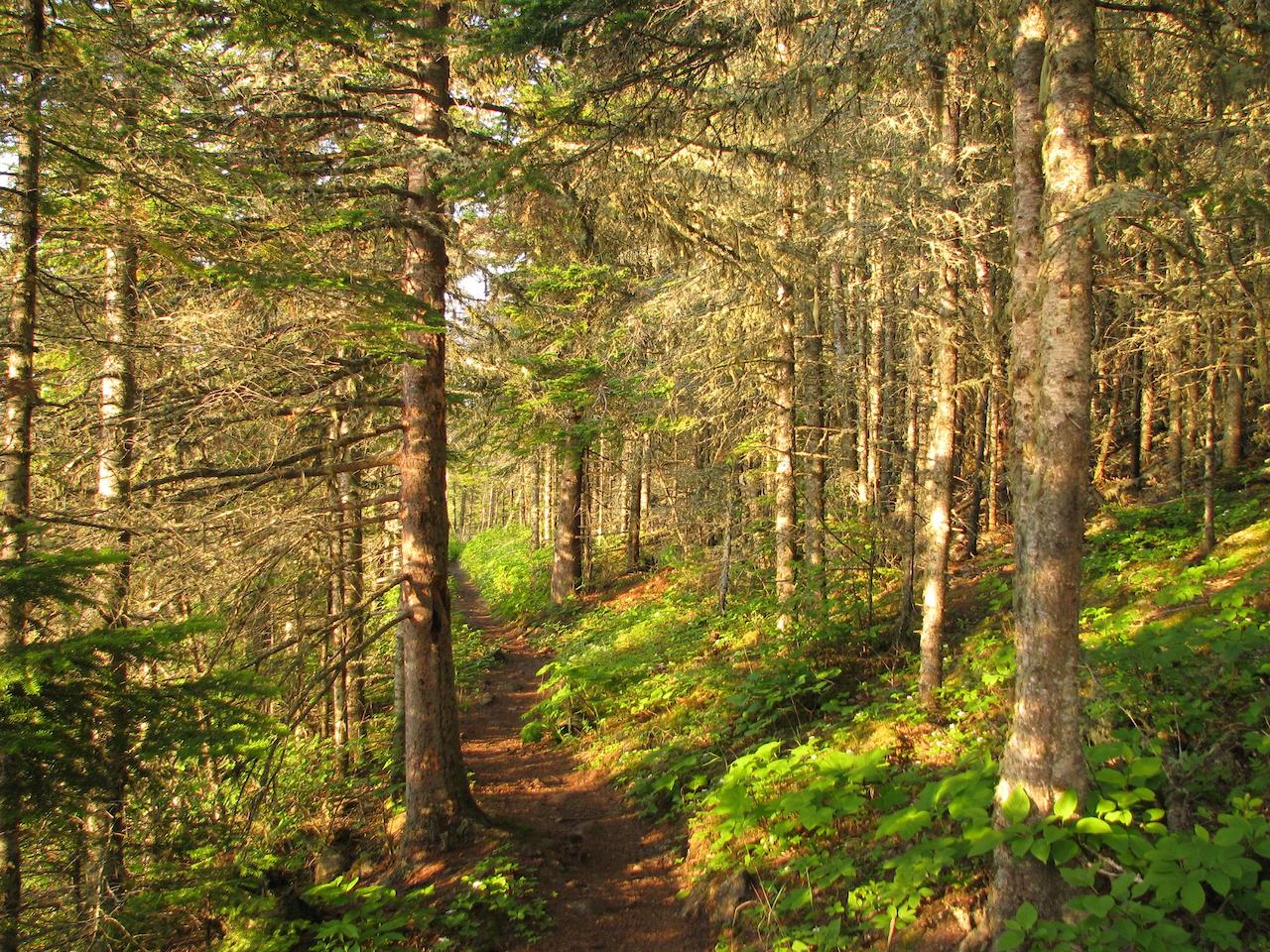
The National Park Service has completed the first draft of an Environmental Impact Statement for managing wilderness at Isle Royale National Park in Lake Superior. The agency is now accepting comments on the proposal, which examines potential changes in allowed activities, and how historic structures are treated. The site, known as Minong in the Ojibwe language, is almost entirely managed as wilderness, which dictates the least possible interference by humans.
Having developed a few alternatives for managing the wilderness, the Park Service says the chosen option will guide its actions for the next 20 years.
“Previous visitor use studies, discussed in chapter 3, indicate that most visitors experience outstanding wilderness recreational opportunities at Isle Royale,” the EIS says. “However, overcrowding and visitor conflict in campgrounds has been a persistent issue. These issues result in direct impacts to soils and vegetation around campgrounds and on trails, detracting from Isle Royale’s naturalness.”

Alternative actions
Besides the option of taking no action and continuing current management practices, the agency also provided one option, Alternative B, that seeks to “provide additional access” to the wilderness, and another, Alternative C, that would “improve solitude.” Under the additional access alternative, the Park would remain closed in the winter, but under the solitude option, the agency would open up access all year.
The National Park Service says its preferred alternative is Alternative B, which would increase allowed group sizes from 10 individuals to 12, construct two campgrounds and a group campsite, reroute some trails, and more. Under this option, the Park Service would preserve some 75 historic structures in wilderness, abandon 18 to the elements, and remove seven buildings. Most removal and abandonment would take place at Crystal Cove, Captain Kidd Island, and Wright Island.
Alternative C, focused on improving solitude and other wilderness conditions, would reduce allowed group sizes, shrink campgrounds, and eliminate some trails. Commercial guiding would also be prohibited in the wilderness area. Additionally, the Park Service would remove 20 camping shelters, two group campsites, and a bridge over the Big Siskiwit River, among other structures deemed to degrade wilderness.
Similar to Alternative B, this option would maintain about 75 other structures, and eliminate several in the Crystal Cove, Captain Kidd Island, and Wright Island areas. Alternative C would also notably open up the park in the winter, though there would be no ferries or other regular transportation, nor any Park staff and services available during the winter season.
Wilderness advocates have already told the Park Service that they believe the agency should focus on removing structures from the wilderness.
“Historic structures and buildings in the designated Wilderness portions of Isle Royale should not be maintained or stabilized,” Kevin Proescholdt, Minnesota-based Conservation Director of Wilderness Watch, wrote in a letter last year. “They should be dismantled, allowed to deteriorate in place, or relocated to areas outside of Wilderness where they may be better curated and preserved. Only these alternatives would follow the directives of the 1964 Wilderness Act.”
Reservations required
All the options under consideration would also allow for requiring wilderness permits for all visitors, and allow for campsite reservations. But the two options would approach this in markedly different ways.
Under Alternative B, backcountry/wilderness permits would be required, but itineraries would remain flexible. Permits would be issued until campgrounds are booked to 85 percent of capacity, leaving excess capacity to accommodate spontaneous stays.
Under Alternative C, visitors would be required to register for specific campsites and nights, and itineraries would be fixed. Sixty percent of campsites would be available for reservation before April 15, another 30 percent available after April 15, and 10 percent would be held for walk-ins or 48-hour advance reservations.
“The NPS would continue to use permits as a tool to monitor backcountry use, contact hiking parties in emergencies, and find lost campers,” the agency says.
Comment
The Park Service is currently accepting comments on the proposals until September 26. Comments can be made online at https://parkplanning.nps.gov/commentForm.cfm?documentID=129858 or by mail at: Superintendent, Isle Royale National Park, Wilderness Stewardship Plan, 800 East Lakeshore Drive, Houghton, Michigan 49931-1896.
A virtual public meeting will be held online on September 7. Information and registration is available at this link.
More information
- Isle Royale National Park Wilderness Stewardship Plan/EIS – National Park Service
- Protect Wilderness at Isle Royale National Park – Wilderness Watch


